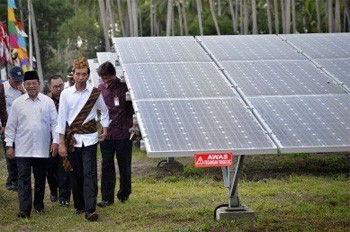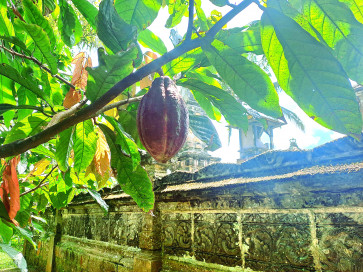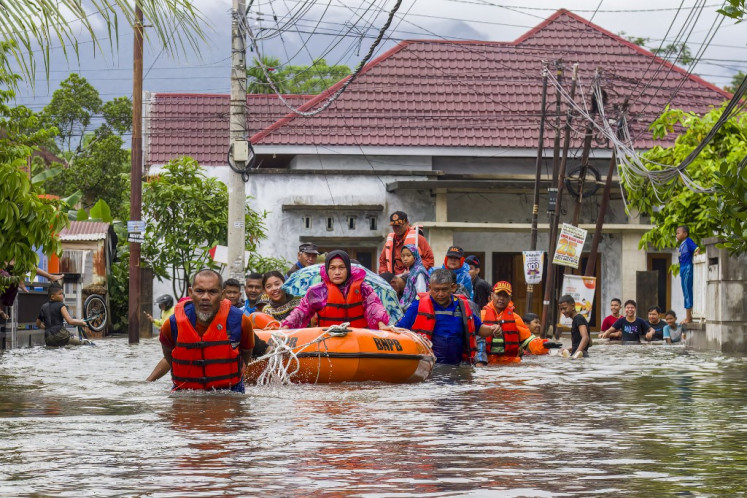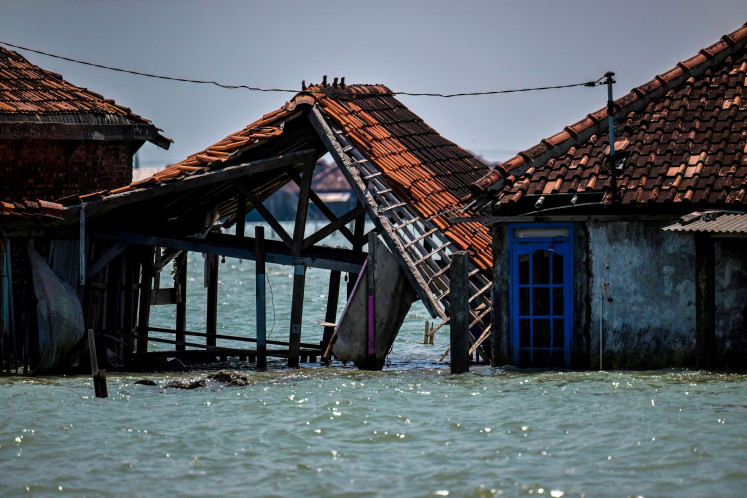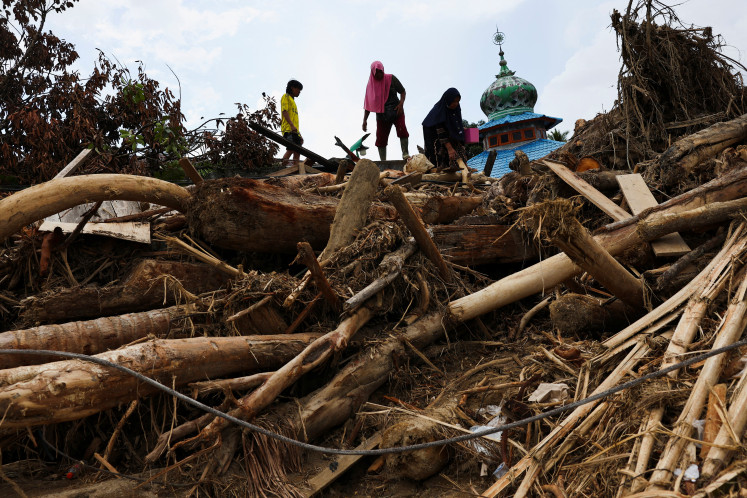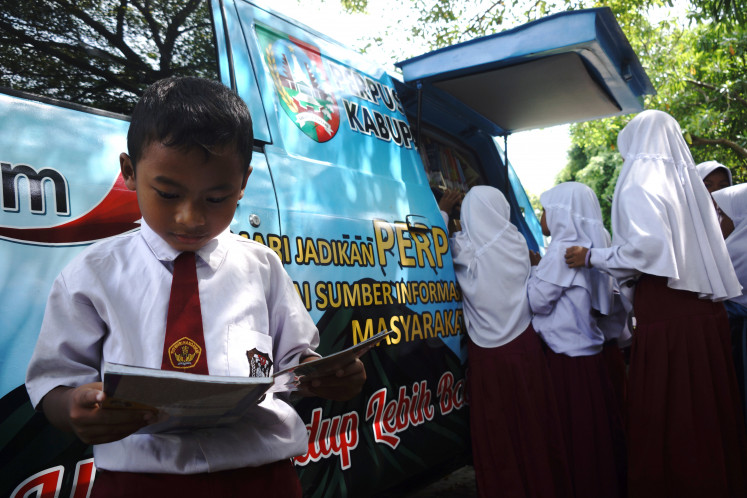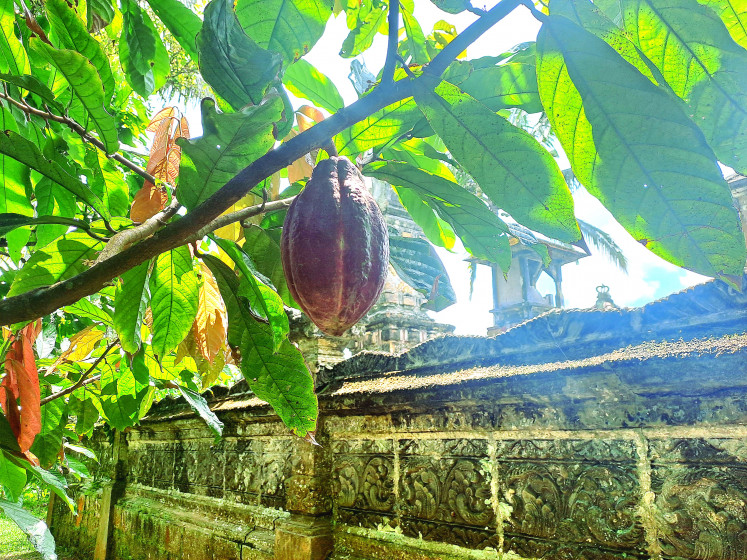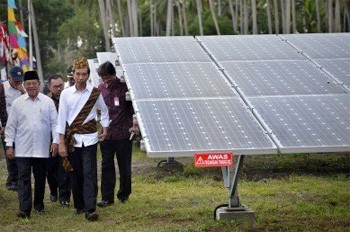Popular Reads
Top Results
Can't find what you're looking for?
View all search resultsPopular Reads
Top Results
Can't find what you're looking for?
View all search resultsMorotai today retains the strategic value it had during the Pacific War
Morotai is one of the outermost outposts that guard the country’s gold and nickel reserves.
Change text size
Gift Premium Articles
to Anyone
S
ept. 15, 1944, marked the beginning of the Morotai campaign on a small Indonesian island at the tip of the Pacific Ocean. The battle, not as famed as Guadalcanal or Iwo Jima, was nonetheless significant for the Allied Forces' campaign directly and Indonesia’s independence indirectly.
After 80 years, what have we learned from the Morotai battle? Does it retain its importance in the current geopolitical chessboard, and what is it in the contemporary bilateral relations between Indonesia and the United States?
The battle of Morotai and the subsequent developments were part of the larger allied “island-hopping” strategy aiming to reconquer the Philippines. The step was vital to cut off resources from Japan-occupied territories in Southeast Asia, which effectively starved the empire and led to its defeat.
Morotai was the last springboard for the Allied Forces’ 32nd Infantry Division before it landed in Leyte, the Philippines. The Americans constructed air and naval bases capable of hosting hundreds of fighters and bombers on the island, as well as docks, warehouses, oil storage facilities, hospitals and bivouacs. The facilities enabled Morotai to accommodate transiting troops, planes and warships and care for the wounded.
Today, Morotai has regained its previous strategic value and even exceeded it. Being part of the unitary state of the Republic of Indonesia, Morotai has found its cultural, economic and security value.
The island in North Maluku is one of the top 10 tourism destinations and one of the outermost outposts that “guard” the country’s new gold and nickel deposits. Indonesia’s, if not the world’s, richest nickel deposits lie just south of Morotai in Sulawesi, North Maluku and West Papua.
China has been the largest importer of Indonesian nickel with an 89 percent share and is the largest investor in the industry in Indonesia as well. As the big power’s interest in nickel grows in Indonesia, so has the People’s Liberation Army (PLA) Navy as evidenced by the discovery of two Chinese UUV near the Archipelagic Sea Line (ALKI) III (Masalembu Sea and Selayar Island) in 2020. In 2022, a Chinese destroyer shone a laser into an Australian patrol aircraft in the Arafura Sea, a southern part of the ALKI III corridor.

